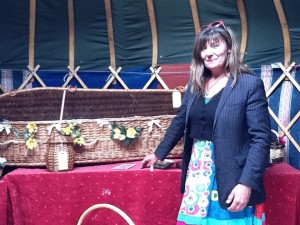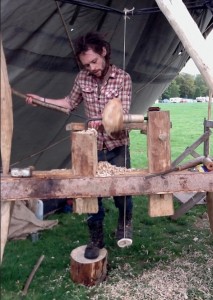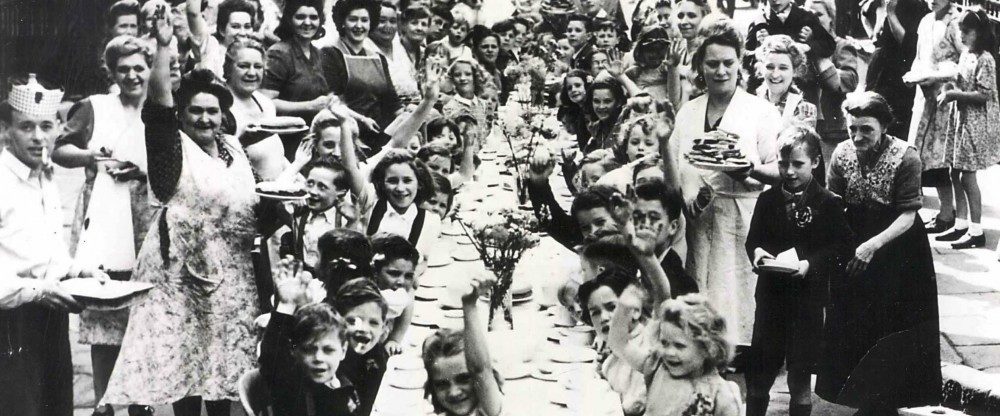The Cranborne Chase AONB are responsible for conserving and enhancing the natural beauty of the diverse historic landscape in the area – for the future. One of their tasks is to learn to better understand how to best manage the woodland for the future. Coppicing has played a traditional part in managing the woodlands in the past, but the practice is fast dying out as the work is hard and poorly paid. The AONB commissioned Barbara to record Ern Steel’s oral history. Ern is in his 70s and as a young boy he lived at the Larmer Tree, a part of the Rushmore Estate where his father worked as a woodman. He told her that he has spent most of his life in the woods coppicing hazel, using the skills his father and others taught him as a young boy. In those days there were about fifteen to twenty self-employed men who used to coppice on the estate. Ern makes spars for thatching and hurdles from the hazel wood. Oral history tells us how people thought and in his recording he gives his firm opinions on how and why he thinks that woodland management has deteriorated in his time and the effects of climate change on the trees. His interview will be used to help inform woodland management practice in the future; it is also archived as a record of the past for the future.
Extracts From Ern’s Life As A Coppice Worker
Barbara was also commissioned to record the fascinating stories of people who still use traditional methods to make crafts using wood, whilst at the AONB Cranborne Chase WoodFair. These included furniture-makers, clog-makers, hurdle-makers and other crafts. She also interviewed Owen Jones.
Owen Jones, Swill Basket Maker

Cath Pratley was also interviewed. She makes willow coffins, cradles, baskets and many other products.

‘Apprentices’ from the Cherry Wood Project were interviewed too. They displayed their woodland crafts and skills.
Portfolio: Milford Street Bridge Project
Portfolio: Wiltshire Black History

